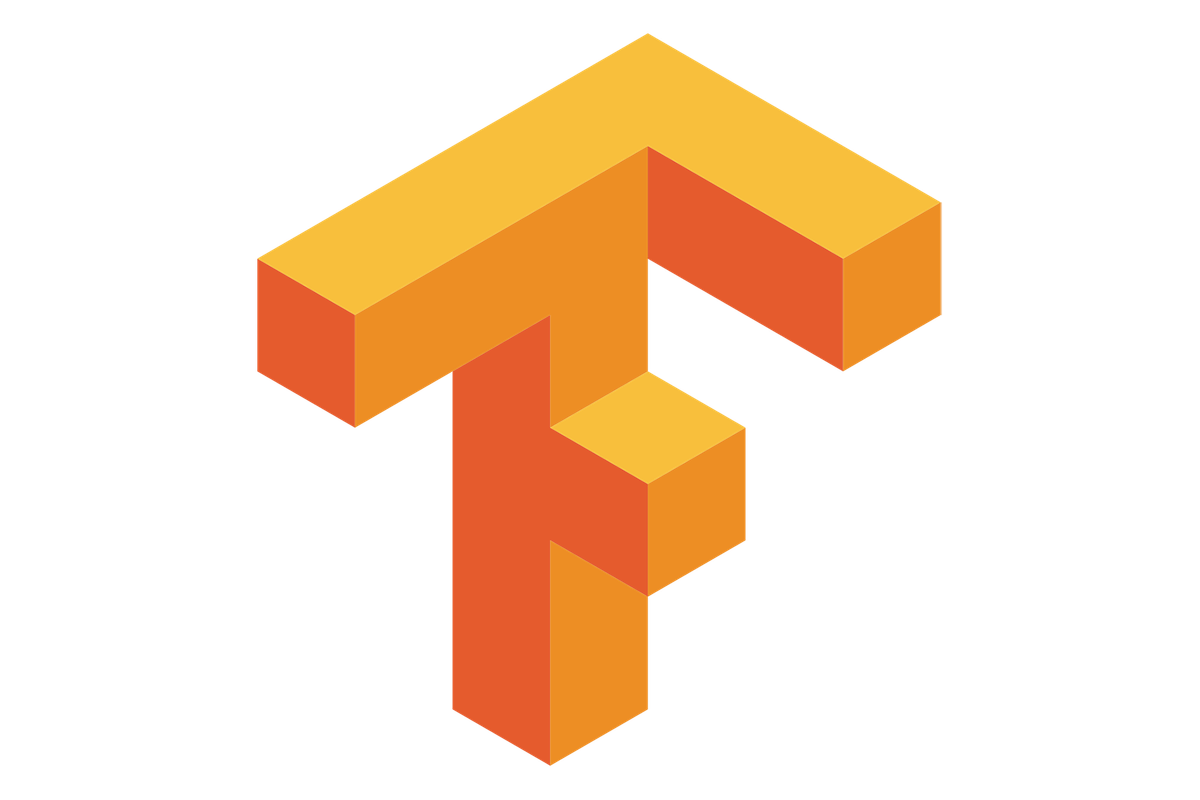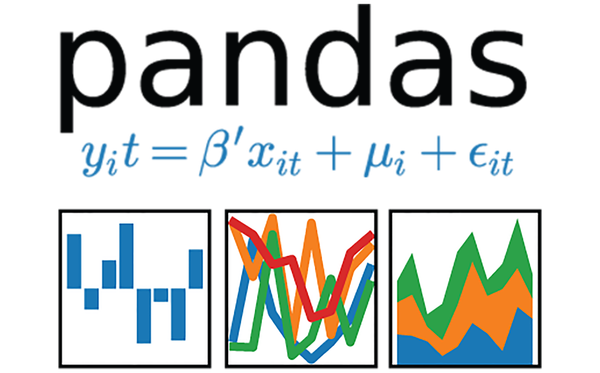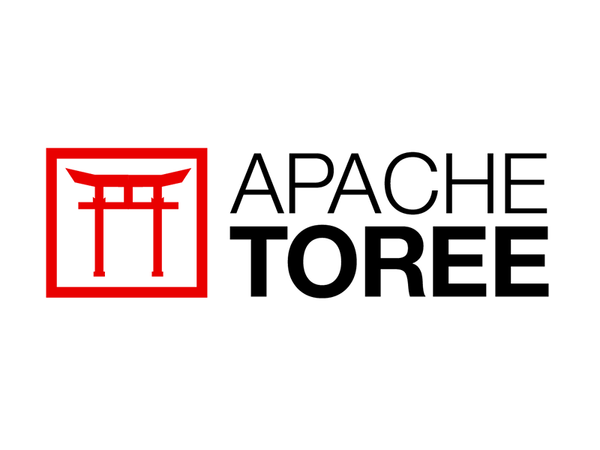Google's 'Coral' Edge TPU Accelerator

Feeling like a kid on Christmas, today I finally received a couple of the Google 'Coral' Edge TPU Accelerators in the mail.

First impressions upon unboxing is that they're not as physically robust as the Intel Neural Compute Stick 2. The entire Intel NCS2 case is made out of aluminum, which acts as a decent heatsink, but the Google Coral is mostly plastic with a metalish heatsink on top. That's an important consideration, because these little devices get extremely hot!

The installation of the software for the Coral was absurdly simple (once I got past the latest version of TensorFlow requiring CUDA 10.0). The installation process for the Intel NCS2 was excruciating in comparison.
Once the software was installed, running the demo models was also very easy and simply worked out of the box.
python demo/classify_image.py \
--model test_data/mobilenet_v2_1.0_224_inat_bird_quant_edgetpu.tflite \
--label test_data/inat_bird_labels.txt \
--image test_data/parrot.jpg
---------------------------
Ara macao (Scarlet Macaw)
Score : 0.613281
---------------------------
Platycercus elegans (Crimson Rosella)
Score : 0.152344
After that, the next test was to use the classification python script with a different model, the classic Inception4. My goal: to see if it could correctly identify my adult beverage.
First step, take a picture of said beverage:

And the next step, give it a try with the Inception4 tflite model and the imagenet labels.
python classify_image.py \
--model inception_v4_299_quant_edgetpu.tflite \
--label imagenet_labels.txt \
--image beverage.jpg
---------------------------
beer glass
Score : 0.953125
So the first impression is this is a pretty impressive little device. It remains to be seen if it can compete against the NCS2 for video, but I look forward to the testing.




